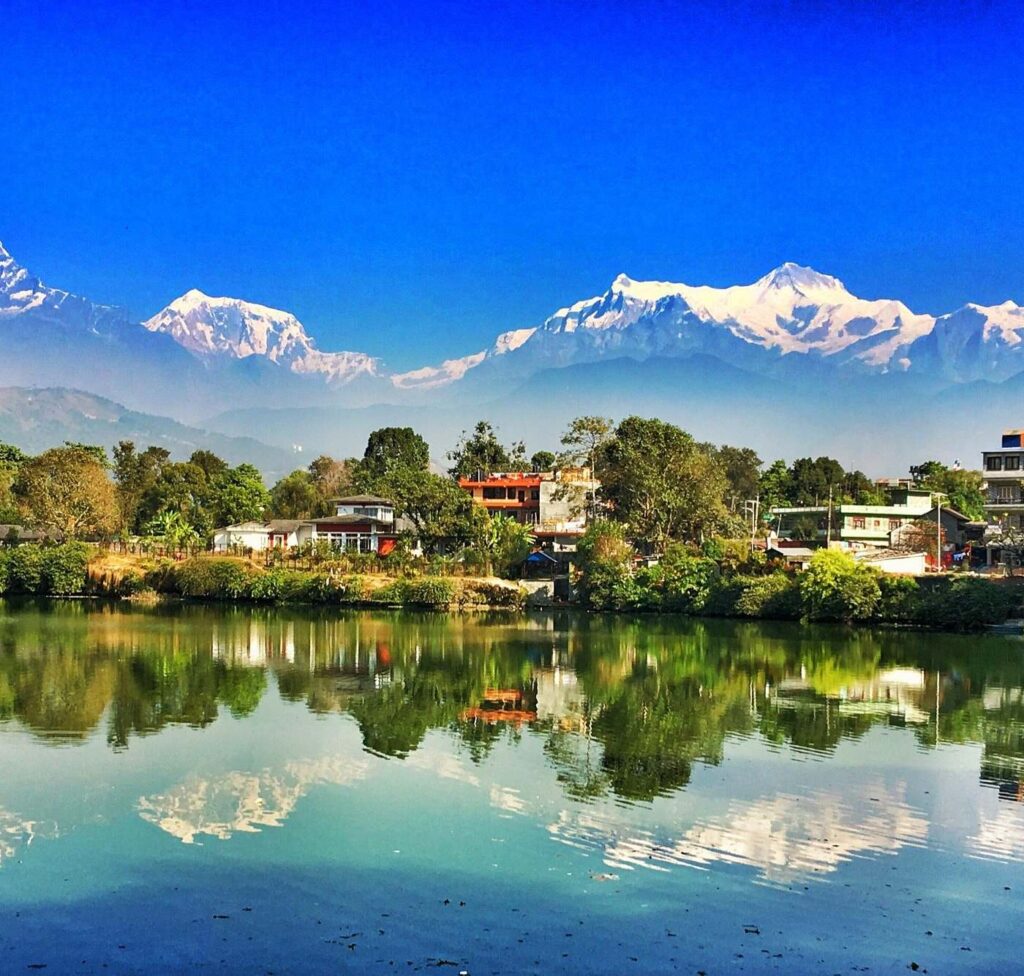Pokhara, Nepal – Travel Tips
Category
Categories
Popular Articles

## Overview of the Destination: Pokhara, Nepal
Tucked between the spectacular Annapurna mountain range and the tranquil Phewa lake, Pokhara represents a slice of heaven on Earth. Known as the “Gateway to the Annapurna Circuit”, it’s a significant hub for trekkers and adventure enthusiasts. Characterized by picturesque topography, a rich cultural blend, and exhilarating activities like paragliding, white-water rafting, and trekking, Pokhara is indeed worth visiting.
## Best Time to Visit: Pokhara
The ideal time to visit Pokhara is from late September to November. This post-monsoon period offers a clear sky, excellent mountain visibility, and a comfortable temperature. However, September witnesses the significant Indra Jatra festival, presenting a unique blend of dancing, music, and religious processions. For lower-budget travelers, the off-season (May-June) offers less crowd and discounted prices.
## Climate & What to Pack
Pokhara experiences a subtropical highland climate with moderate temperatures throughout the year. Carry light clothing for summers and warm clothes for winters. Don’t forget to pack a waterproof jacket as Pokhara sees frequent rainfall.
Also, consider packing good walking shoes for exploring the city, and trekking gear if you plan to go on hikes.
## Getting There
The nearest major airport to Pokhara is Tribhuvan International Airport in Kathmandu. From there, you can take a short domestic flight, approximately 25 minutes, to Pokhara. Do note, a visa is required to enter Nepal which you can organize beforehand or upon arrival.
## Getting Around Locally
Pokhara city is comparatively small, making it convenient for walking or biking. For further destinations, you can hire taxis or rickshaws. Scooters and bicycles are readily available for rent as well. But be aware, traffic can be chaotic; hence western road rules might not apply.
## Safety Tips
Pokhara is generally safe for tourists, including solo travelers. However, stay cautious of your belongings and avoid poorly lit areas at night. Be respectful to local people and customs, dress modestly, especially while visiting religious sites. Ask for permission before taking photographs of people or private property.
## Top Things to Do & See
Must-visit attractions include the Peace Pagoda, Phewa Lake, the International Mountain Museum, and the temple of Tal Barahi. Adventure seekers can explore activities like bungee jumping, trekking, river rafting, and paragliding. Don’t miss the authentic Tibetan experiences at the Tibetan refugee camps.
## Where to Stay
For luxury accommodation, try The Pavilions Himalayas or Pokhara Grande. For mid-range lodgings consider Temple Tree Resort & Spa, or Atithi Resort & Spa. Budget-travelers can find a plethora of options at Lakeside, with Hotel Butterfly being a popular choice.
## Food & Local Cuisine
In Pokhara, do not miss the traditional Nepali Thali, made of a selection of local dishes like dal (lentil soup), bhat (rice), tarkari (curry), achaar (pickle), and masu (meat). Additionally, the local version of momos and Newari cuisine is a must-try. Lakeside offers a variety of street food, cafés, and restaurants.
## Cultural & Practical Tips
The official currency of Nepal is the Nepali Rupee. English is widely spoken in tourist areas. Tipping is common, but not mandatory. Nepal uses type C/D plug and voltage is between 220-240V. Most of the hotels and restaurants provide free Wi-Fi.
## Sustainable or Responsible Travel Tips
Consider using refillable water bottles and reusing towels and linens in your accommodations. Whenever possible, support local businesses. Respect local traditions, religions, and natural resources to ensure a sustainable travel experience.
## Personal Travel Tip
Pokhara is a city that’s more about experiences than quick sightseeing. Soak in the natural beauty, participate in local culture, engage in adventure sports, but most importantly, relax and enjoy your time in this tranquil city amidst the Himalayas.










